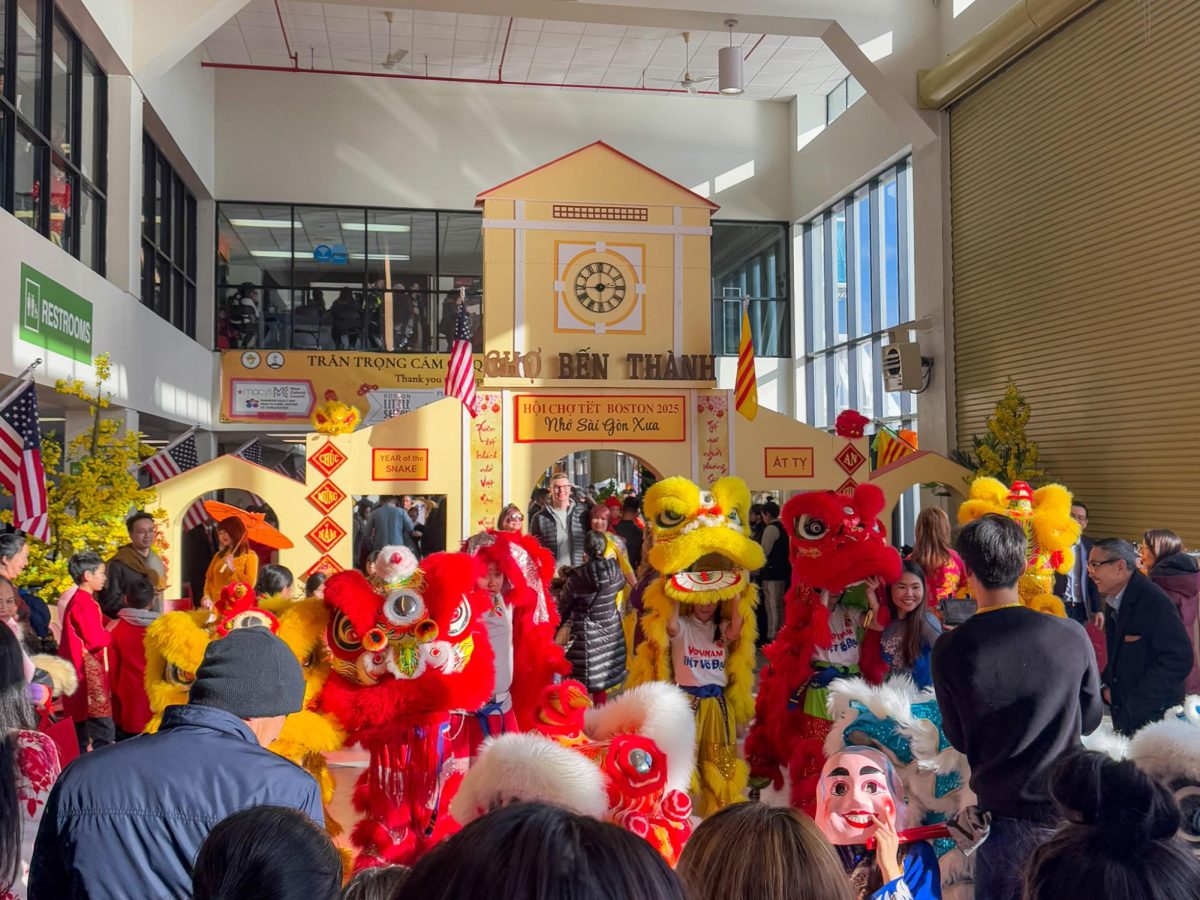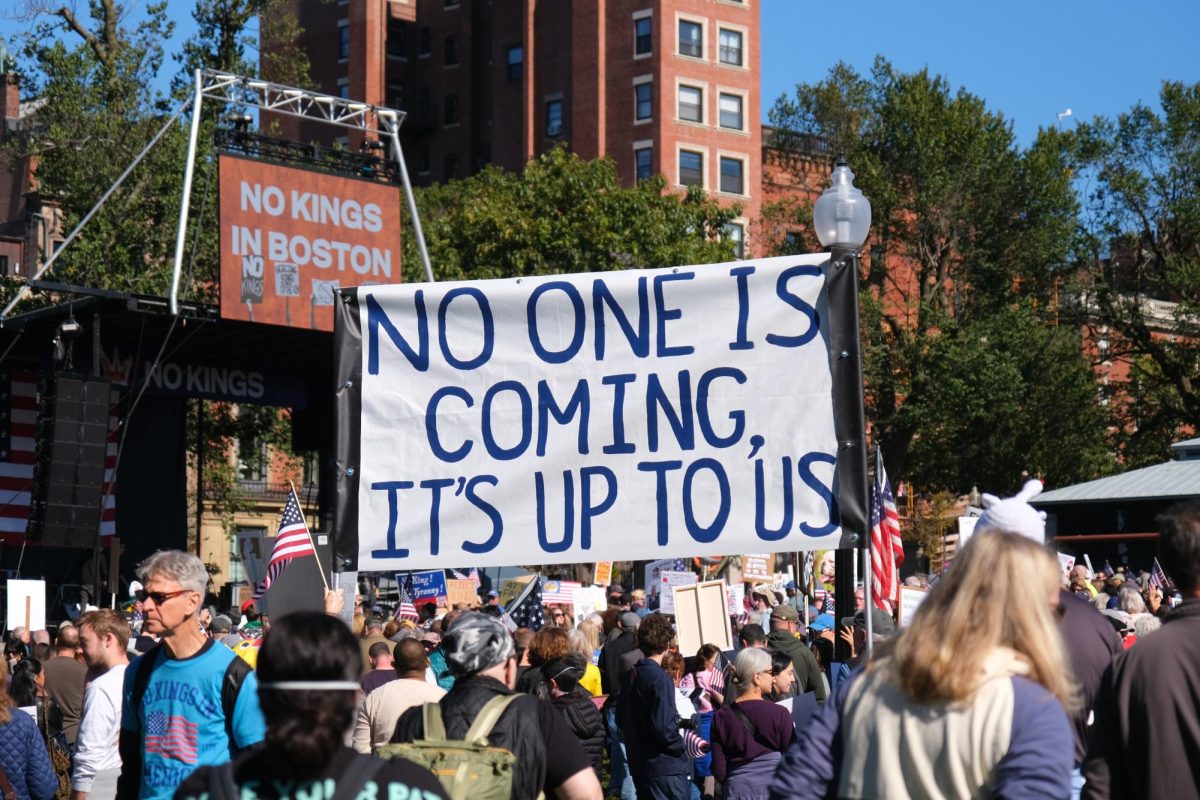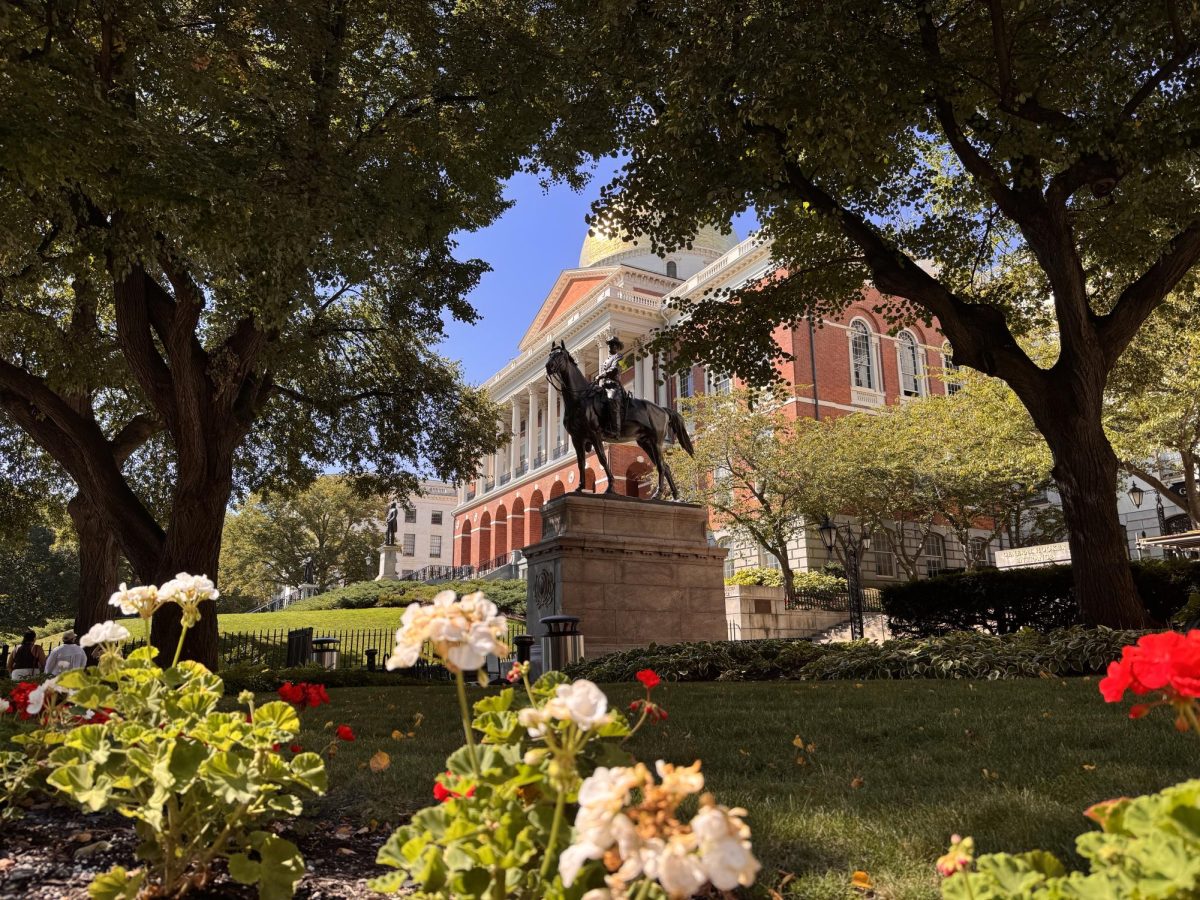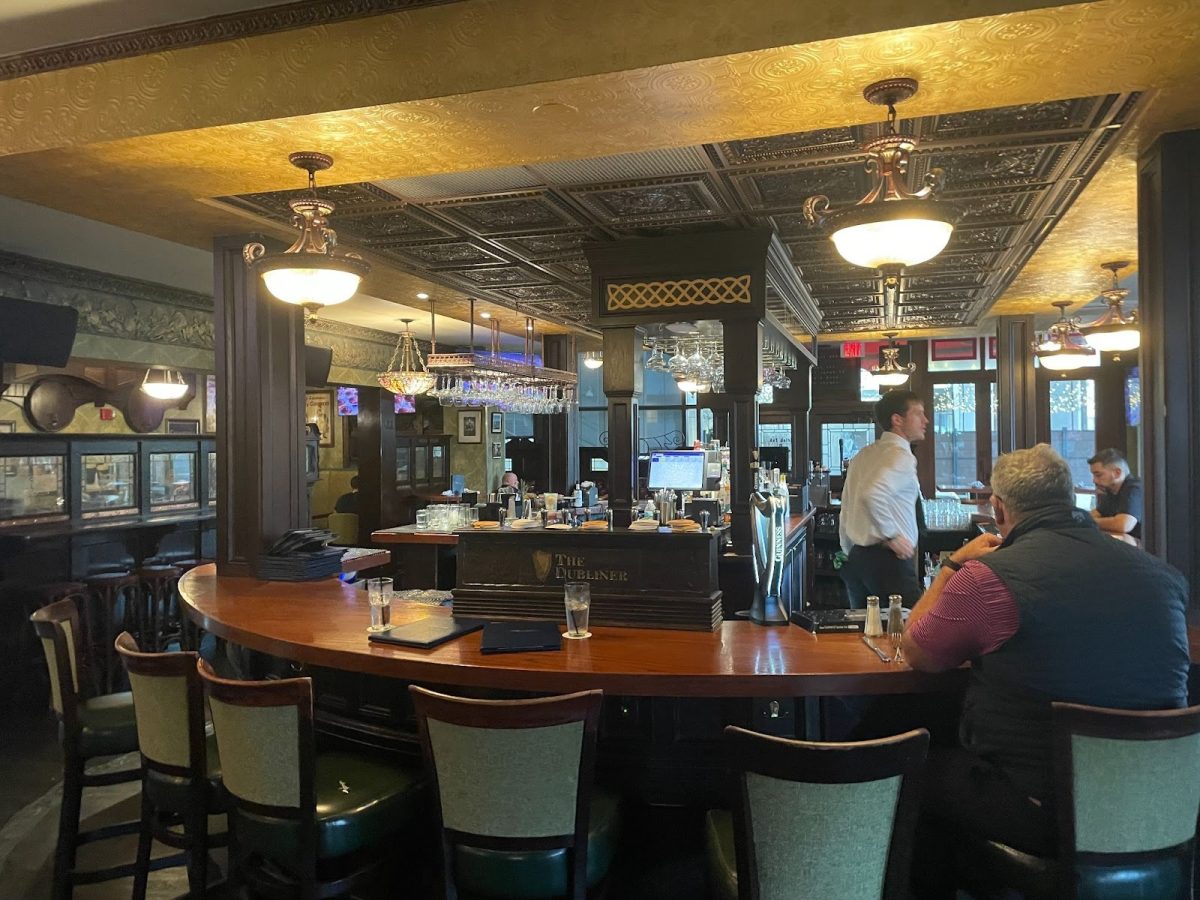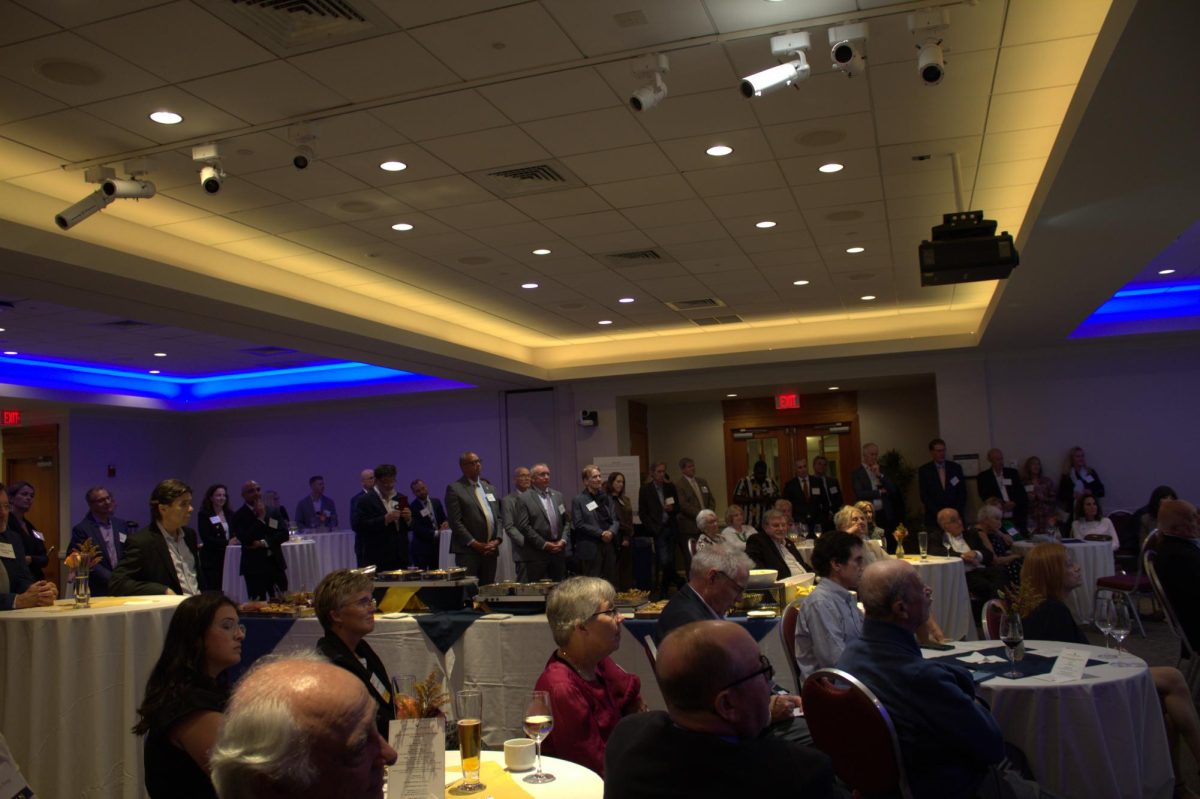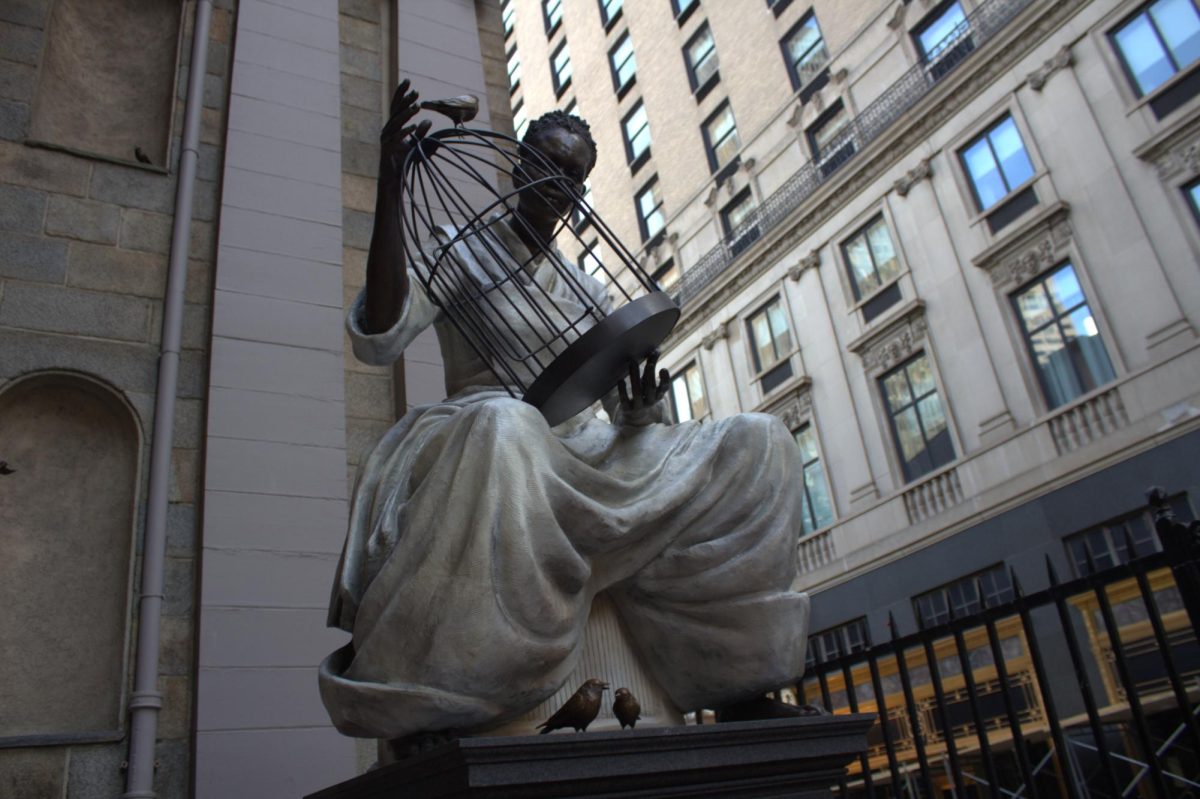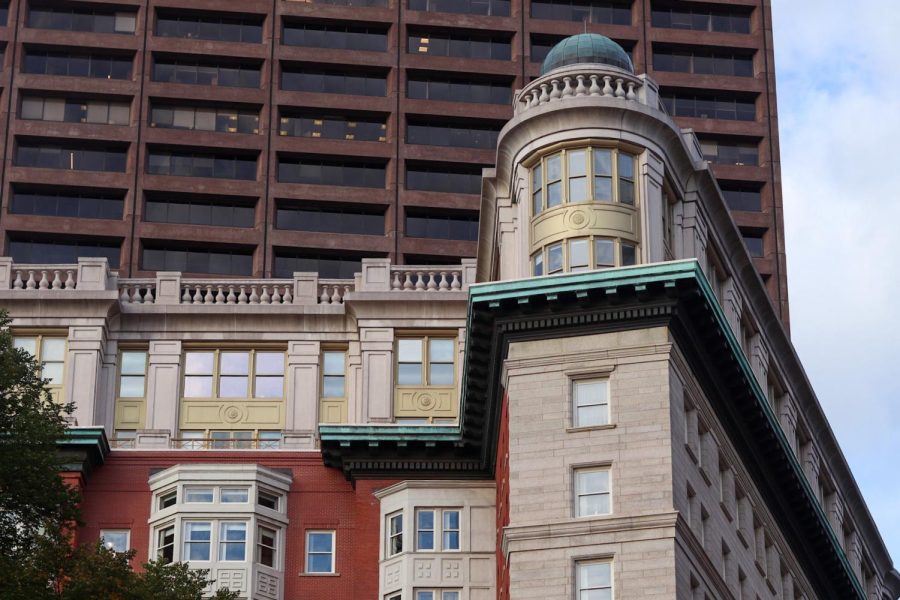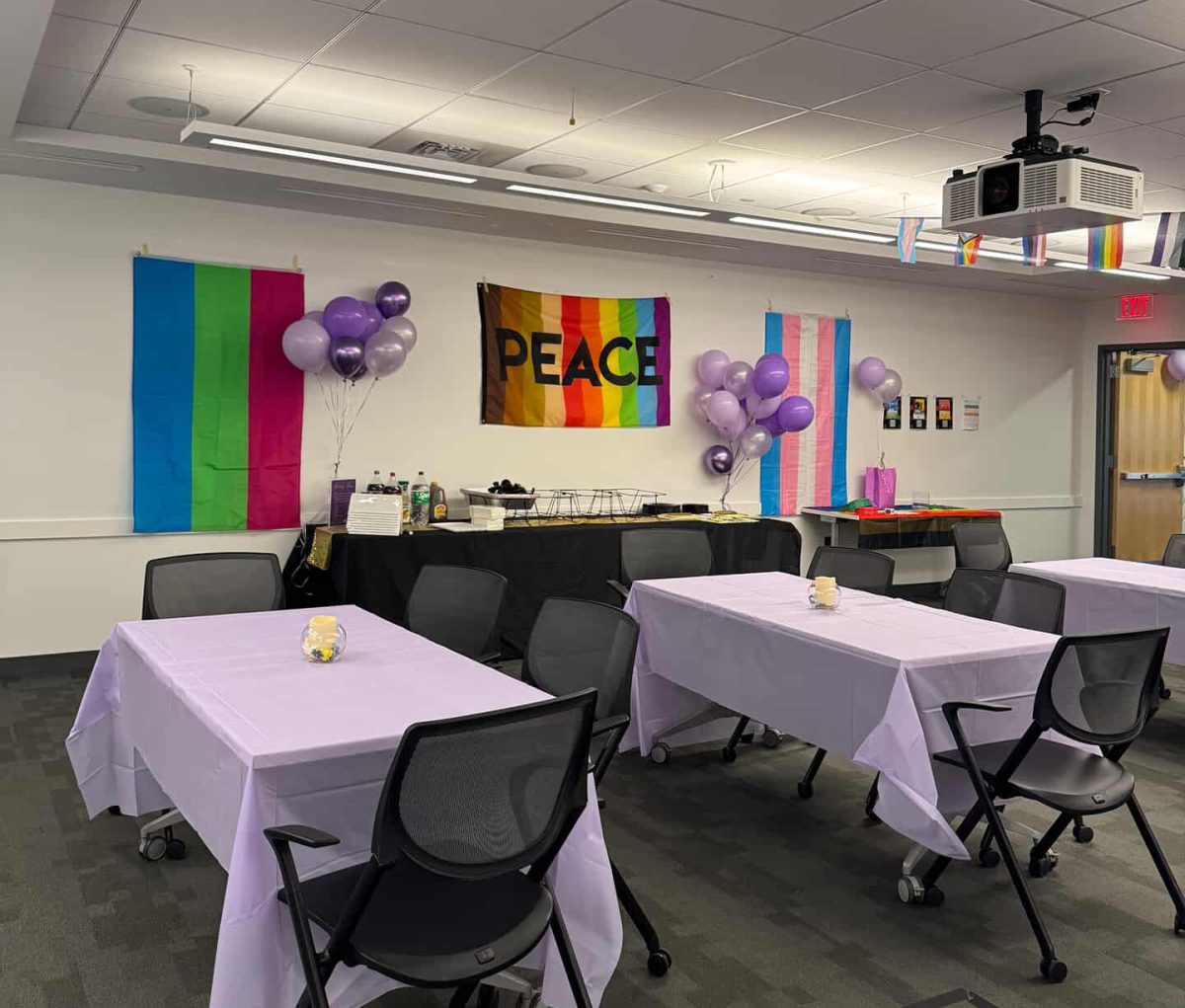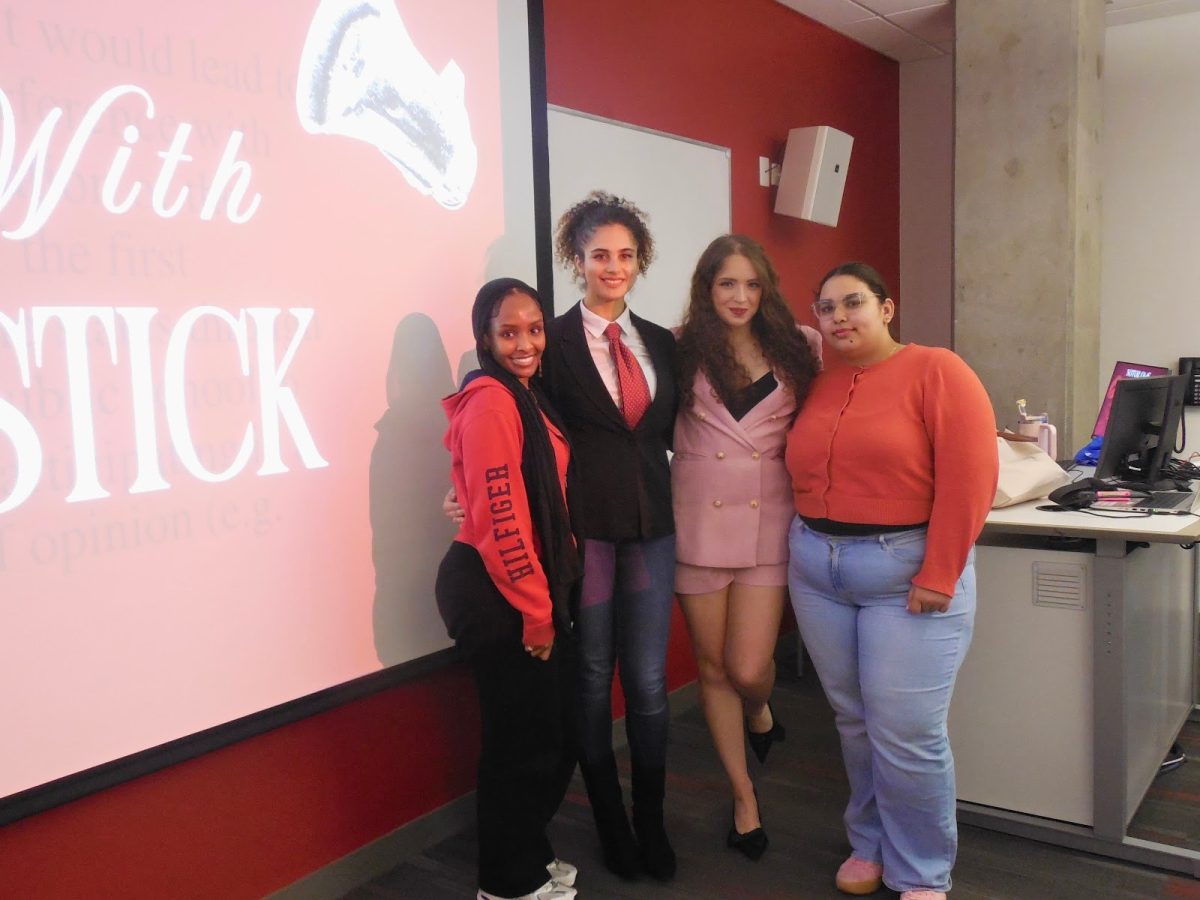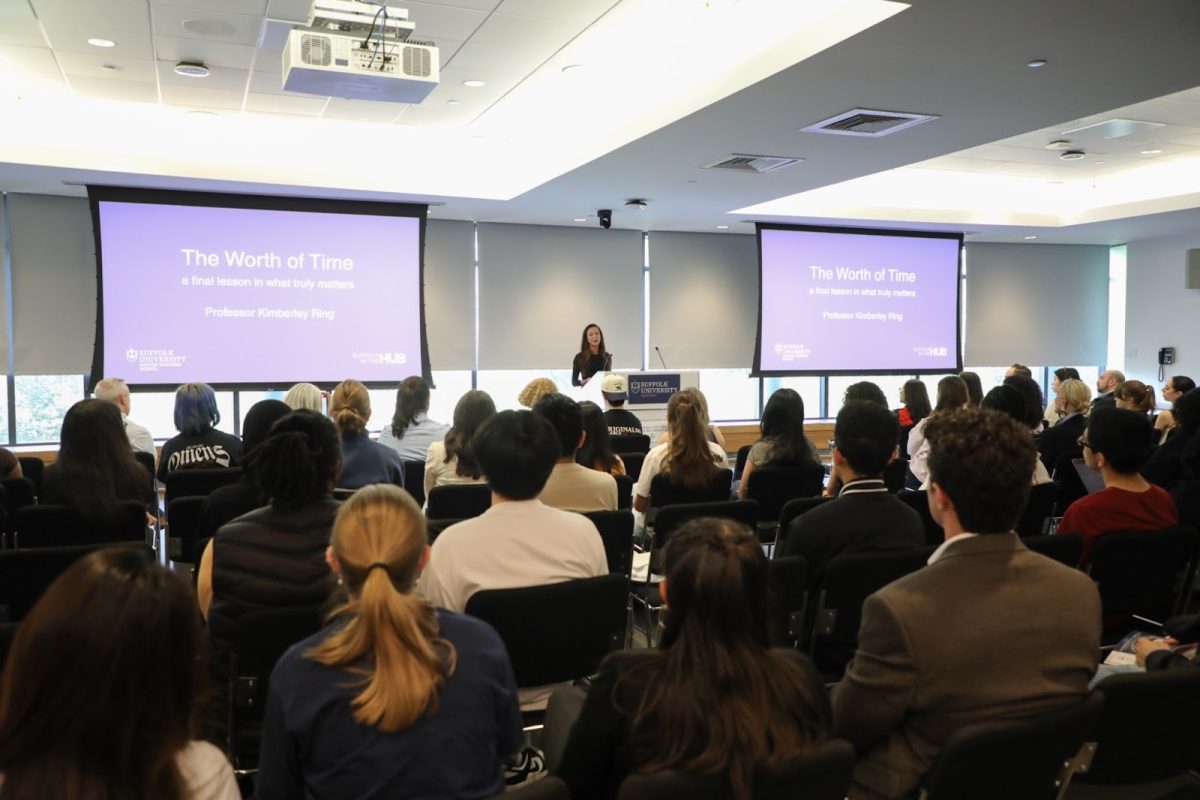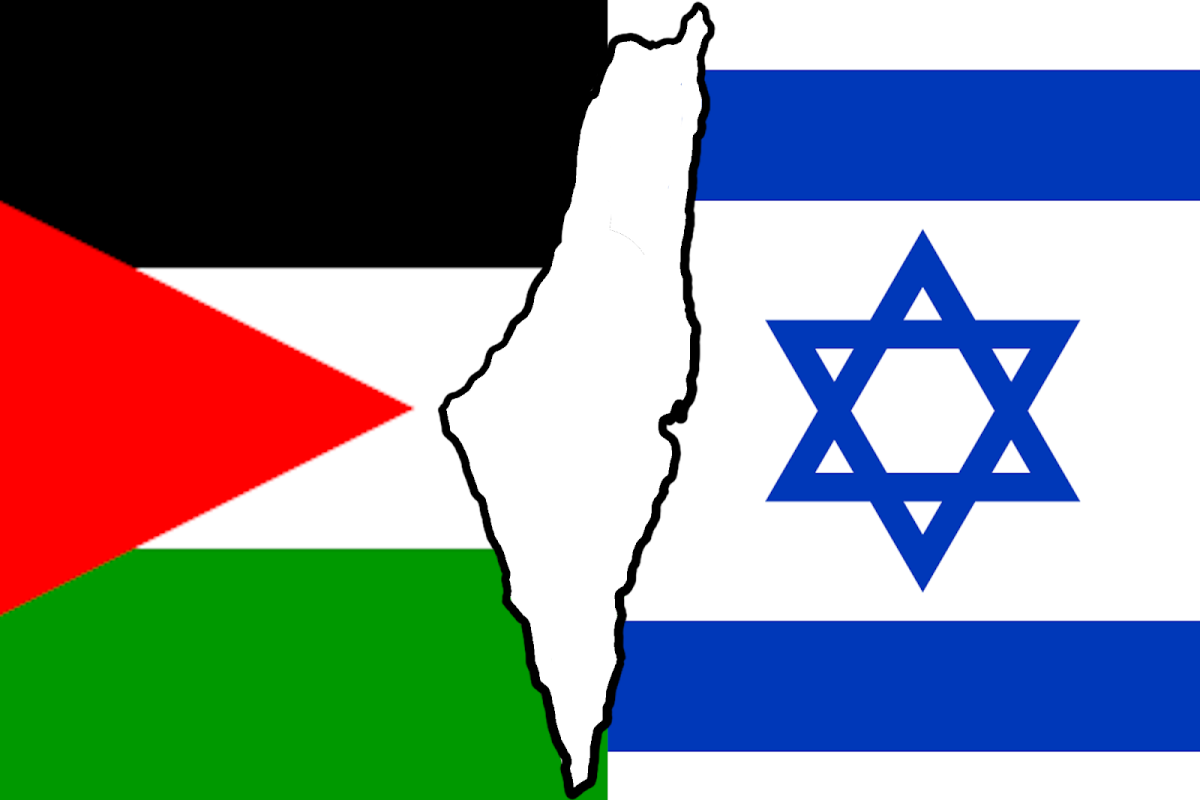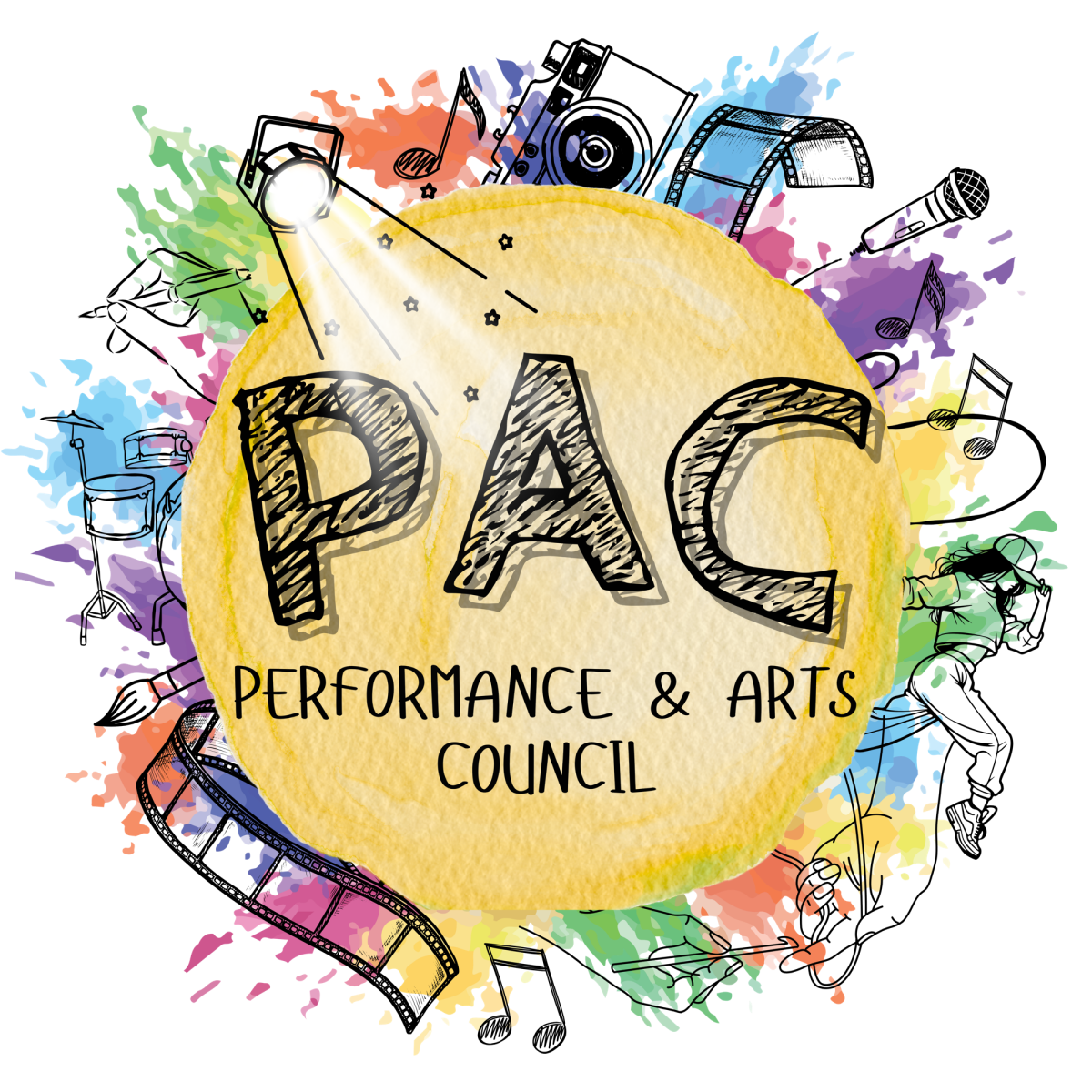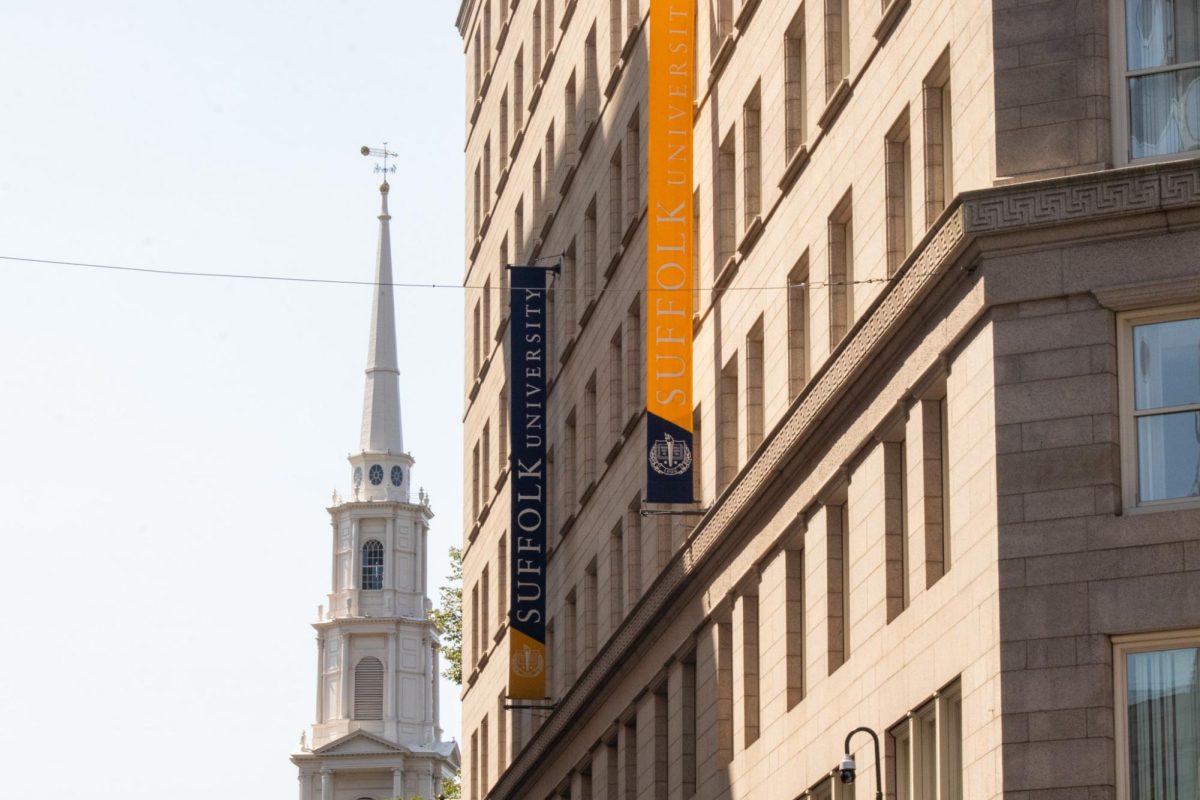Boston officially welcomed in the Lunar New Year Jan. 29 with numerous celebrations around the city leading up to the start of the Year of the Snake. Lunar New Year, celebrated by millions of people worldwide across several East and Southeast Asian countries, observes the beginning of spring and the start of a new lunisolar year.
The Chinese Zodiac is characterized by 12 animals that cycle yearly in accordance to the lunar year. These animals remain the same across most Asian cultures, with some cultures observing a few different animals.
Lunar New Year celebrations in the United States date back to 1851 in San Francisco’s Chinatown. Since then, Asian cultures across the U.S. have welcomed the start of spring with countless festivals.

Tết, short for Tết Nguyên Đán, is the Vietnamese observance of the holiday.
Tết in Boston, a volunteer-based community organization led by the Vietnamese American Community of Massachusetts and the New England Intercollegiate Vietnamese Student Association, held their annual Lunar New Year celebration Jan. 25 and Jan. 26 in Seaport at Flynn Cruiseport. The event featured traditional Vietnamese food and live performances to over 8,000 visitors over the course of two days.
“I’ve heard a lot of the traditions before from my mom and family and have seen some of the traditions like lion dancing, but I was really young,” said Jay Johns, a Suffolk University sophomore and underclassman representative for the Vietnamese Student Association. “Seeing the performances at Tt in Boston was my first exposure to it in my adult life and it was really nice seeing and experiencing it in person.”
Johns explained that to his knowledge, his hometown in North Carolina does not hold any events for Tết. “I was really lucky to have the opportunity to celebrate with VSA and hang out and experience Tt in Boston.”
In many Asian cultures, Lunar New Year is a family-oriented holiday, with its traditions focused on sharing meals with family and friends. Senior and VSA President Alex Tran said the most important thing for her family during Lunar New Year is eating together.
“We tend to make food early for Tết and we have our Buddha shrine in one of the rooms and leave food out there,” Tran said. “We’ll eat at the dinner table, eat all of the Vietnamese food … we just like to celebrate together because it’s that time for us to do that together.”
Tran said she thinks of Tết as a holiday focused on community and family.
Seollal 설날 is Korea’s celebration of the first day of the Lunar year. “To me, it’s important because I get to see my family, everyone goes back to authentic tradition, you don’t really encounter that much in life anymore,” said Yun Choi, an international student from Korea. “I think there’s definitely a universal part, but it is also my own family’s tradition.”
“My granny is the best cook and she only makes Tteokguk 떡국 once a year with all the broth,” Choi said. “Typically, there are three days for my family […] On the second day, New Year’s Day, we do a ritual to the ancestors- typically great grandparents or grandparents if they’re dead. This is why we prepare food.”
Across cultures, gifts of envelopes, often red, symbolize luck and prosperity in the new year. Li Xi, Vietnamese for “lucky money” is Vietnam’s own custom, typically given to younger children and elders.
“We don’t do red envelopes. It’s just a white envelope, or sometimes an envelope from the bank and they write short letters or wishes for you that year,” said Choi.
Suffolk’s Asian American Association hosted a free Lunar New Year Festival Feb. 4 to celebrate the Year of the Snake at Sargent Hall. The event featured multiple craft tables, paper lantern making and raffle prizes, which attendees were entered into with each craft completed. Food and drink from local Asian restaurants served boba tea, Korean street food and taiyaki, Japanese fish-shaped ice cream cones.


